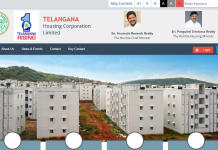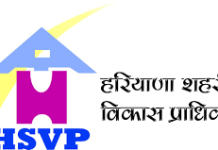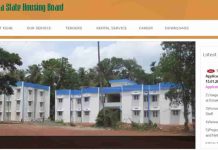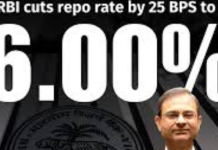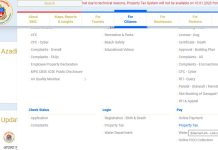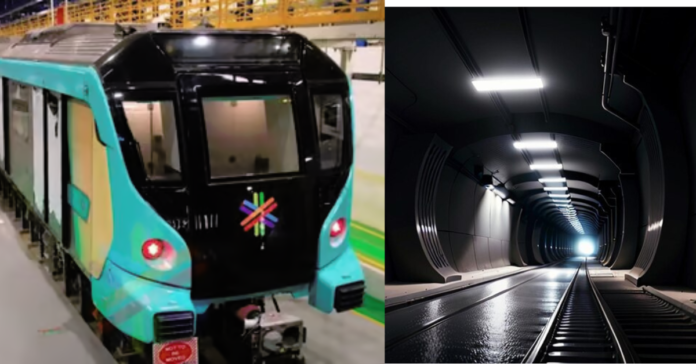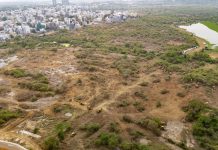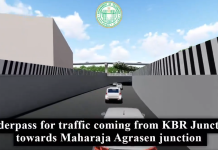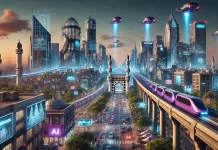Introduction
Mumbai’s highly awaited first underground Metro line, the Aqua Line (Mumbai Metro Line 3), is slated to start operations on July 24.This exciting announcement was made by Bharatiya Janata Party’s general secretary, Vinod Tawde, on July 17.
Explore Mumbai’s groundbreaking Aqua Line, the city’s first underground metro, spanning from Aarey Colony to Cuffe Parade. This transformative project promises to redefine Mumbai’s urban commute, offering seamless connectivity from the lush greenery of Aarey Colony to the bustling business hub of Cuffe Parade. With sleek design and advanced technology, the Aqua Line aims to enhance travel efficiency and reduce congestion, marking a significant milestone in Mumbai’s transport infrastructure
colaba bandra seepz metro
The Aqua Line, stretching 33.5 km, will connect Colaba to Bandra and SEEPZ. This route promises to enhance the city’s transportation network by linking South Mumbai to the western suburbs, providing much-needed relief to the overcrowded suburban railway system. The new mumbai Metro line is expected to boost the city’s transit speed and efficiency, marking a significant milestone in Mumbai’s infrastructure development.
| Aspect | Details |
|---|---|
| Start of Operations | July 24 (announced by Vinod Tawde, BJP’s general secretary, on July 17) |
| Route | Aarey Colony to Cuffe Parade; spanning from Colaba to Bandra and SEEPZ |
| Distance | 33.5 km |
| Stations | Colaba, Bandra, SEEPZ, Aarey Colony, Cuffe Parade |
| Project Cost | Rs 37,276 crore |
| Funding Source | Japan International Cooperation Agency (JICA) loan of Rs 21,280 crore |
| Daily Services | 260 services daily; operating from 6:30 AM to 11:00 PM |
| Frequency | One train every few minutes |
| Operating Speed | Up to 90 km per hour |
| Time Savings | A 35 km journey in 50 minutes (compared to over two hours by road) |
| Managing Authority | Mumbai Metro Rail Corporation Limited (MMRCL); joint venture of the Union government and Maharashtra government |
colaba bandra seepz line
The total cost of the Metro Line 3 project is Rs 37,276 crore, with a significant portion funded through a JICA loan of Rs 21,280 crore, approved by the Union government in February this year. The metro will offer 260 services daily, ensuring a frequency of one train every few minutes from 6:30 AM to 11:00 PM. Commuters can expect substantial time savings, as the metro will operate at speeds of up to 90 km per hour. A 35 km journey that typically takes over two hours by road will be completed in just 50 minutes on the metro.
The Mumbai Metro Rail Corporation Limited (MMRCL) manages this collaborative project between the Union government and the Maharashtra government.
The major funding for the project comes from the Japan International Cooperation Agency (JICA).
List of Auqa line mumbai underground metro stations
| Station Name |
|---|
| Cuffe Parade |
| Vidhan Bhavan |
| Churchgate |
| Hutatma Chowk |
| CST Metro |
| Kalabadevi |
| Girgaon |
| Grant Road |
| Mumbai Central Metro |
| Mahalaxmi |
| Science Museum |
| Acharya Atre Chowk |
| Worli |
| Siddhivinayak |
| Dadar |
| Sitaladevi |
| Dharavi |
| BKC |
| Vidyanagari |
| Santacruz |
| Domestic Airport |
| Sahar Road |
| International Airport |
| Marol Naka |
| MIDC |
| SEEPZ |
| Aarey Depot |
The Aqua Line covers a distance of 33.5 kilometers, linking Aarey Colony to Cuffe Parade, and passing through key stations such as Colaba, Bandra, and SEEPZ (Santacruz Electronics Export Processing Zone).
. With 27 stations planned, this new underground metro is poised to revolutionize urban transit in Mumbai, alleviating traffic congestion and enhancing commuter convenience.
Mumbai Metro line 3 Highlights
In recent developments, the Research Designs and Standards Organisation (RDSO) successfully concluded trials for the metro’s rolling stock in June, marking a crucial milestone towards operational readiness. The Maharashtra government has committed to completing the Mumbai Metro 3 project by the end of December this year, with the first phase set to run between SEEPZ and Bandra Kurla Complex. Originally slated for completion by September 2024, this timeline adjustment reflects ongoing efforts to streamline the project’s execution.
The Delhi Metro Rail Corporation (DMRC) will oversee the Aqua Line’s operations and maintenance, including control centers, stations, train operations, and infrastructure upkeep, ensuring top-notch passenger safety throughout the ten-year contract period. While the first phase launches this month, the full completion of both tunnel phases within the next eight months promises further enhancements to Mumbai’s robust transportation network.
Key Features:
- Modern, air-conditioned stations with ample amenities
- Smart ticketing systems for seamless travel
- Integration with other public transport modes
- Enhanced security measures for passenger safety
- Environmentally friendly infrastructure
The Impact on Mumbai
The inauguration of Metro Line 3 is poised to have a profound impact on Mumbai’s urban landscape:
- Traffic Congestion Relief: By providing a rapid and efficient mass transit option, the metro will significantly reduce the number of vehicles on the road, easing traffic congestion and improving overall mobility.
- Economic Growth: Enhanced connectivity will stimulate economic growth by facilitating faster movement of people and goods, attracting businesses, and creating new job opportunities.
- Improved Quality of Life: Reduced travel time, better air quality, and improved accessibility to essential services will enhance the overall quality of life for Mumbaikars.
- Real Estate Boom: The metro’s proximity is expected to drive up property values in nearby areas, making it an attractive investment destination..
Benefits of Mumbai Metro line 3
The Mumbai underground metro, such as the Aqua Line (Mumbai Metro Line 3), offers several benefits:
- Reduced Congestion: Alleviates traffic congestion on Mumbai’s roads by providing an efficient alternative for daily commuters.
- Faster Travel Times: Significantly reduces travel times compared to road transport, with higher speeds and fewer delays.
- Improved Connectivity: Enhances connectivity across the city, linking major residential areas, business hubs, and commercial centers.
- Environmental Impact: Helps in reducing carbon emissions and environmental pollution by promoting public transportation.
- Safety and Comfort: Provides a safe and comfortable travel experience, with modern amenities and facilities.
- Economic Growth: Stimulates economic growth by facilitating easier access to employment opportunities and boosting local businesses along its route.
- Infrastructure Development: Promotes overall infrastructure development in Mumbai, contributing to its status as a global city.
- Capacity Expansion: Increases the city’s transit capacity, accommodating a growing population and easing strain on existing transport networks.
- Technological Advancements: Introduces state-of-the-art technologies in urban transit, setting benchmarks for future metro projects.
- Quality of Life: Ultimately improves the quality of life for residents by providing reliable and efficient public transportation options.
Challenges and the Road Ahead
While the launch of Metro Line 3 is a monumental achievement, challenges remain. Issues such as fare structure, last-mile connectivity, and operational efficiency need to be addressed to maximize the metro’s benefits. Additionally, the successful integration of Metro Line 3 with other public transport modes is crucial for creating a seamless commuting experience.
Frequently Asked Questions:
The Aqua Line, Mumbai’s first underground Metro (Mumbai Metro Line 3), is scheduled to commence operations on July 24
Spanning from Aarey Colony to Cuffe Parade, the Aqua Line connects key areas including Colaba, Bandra, and SEEPZ (Santacruz Electronics Export Processing Zone).
The project cost amounts to Rs 37,276 crore, with significant funding from the Japan International Cooperation Agency (JICA), providing a loan of Rs 21,280 crore.
The Mumbai Metro Rail Corporation Limited (MMRCL), a joint venture of the Union government and Maharashtra government, oversees the project.
The Aqua Line will operate 260 services daily from 6:30 AM to 11:00 PM, offering a frequency of one train every few minutes
Sugegsted Articles:
Goa Mumbai Highway: Route, Travel time and NH 66
New Vashi Bridge Mumbai: All 3 Vashi bridges history and the latest update
Mumbai Nashik Expressway: Routemap, Facts & growth






